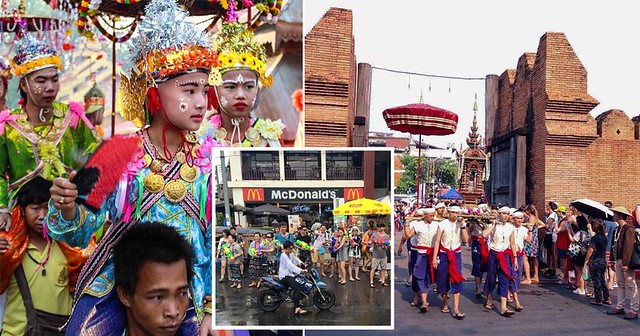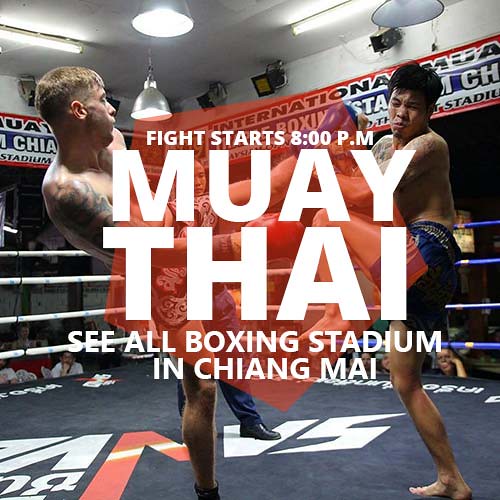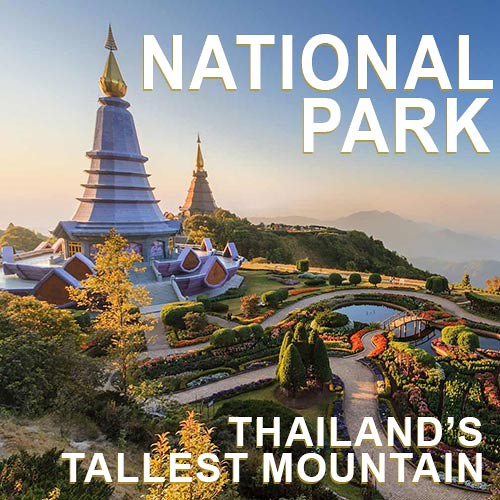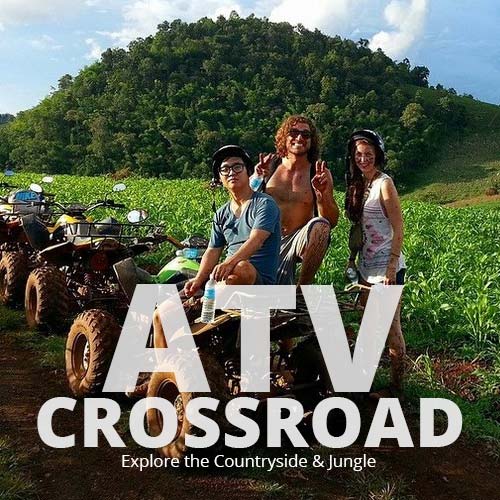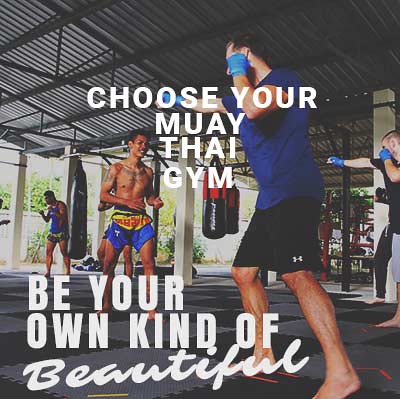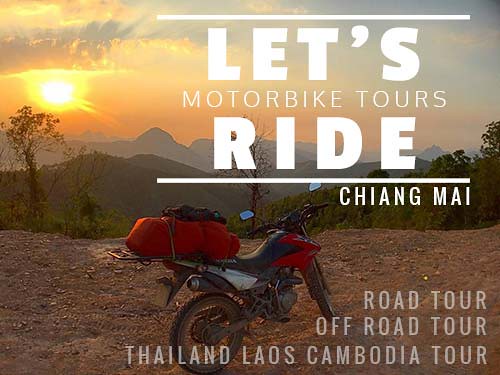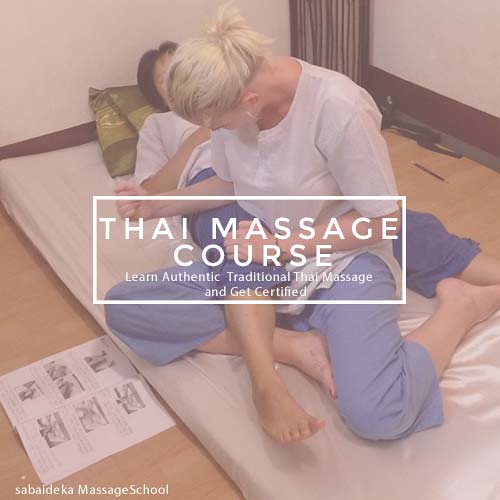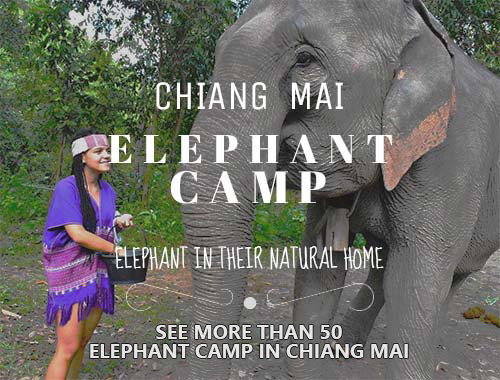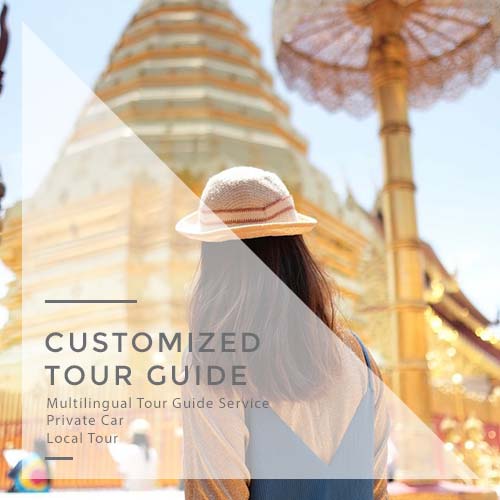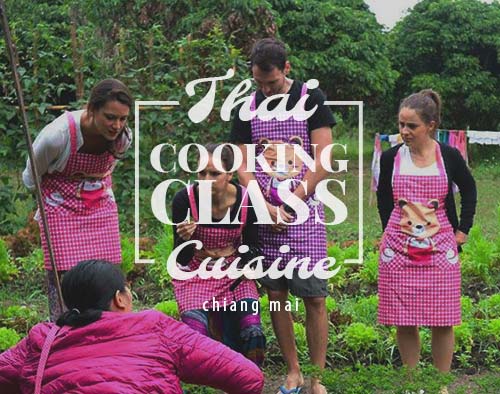Hill tribes in Thailand have sophisticated systems of customs, laws and beliefs, and are predominantly animists. They often have exquisitely crafted costumes, though many men and children now adopt Western clothes for everyday wear.
1. KAREN
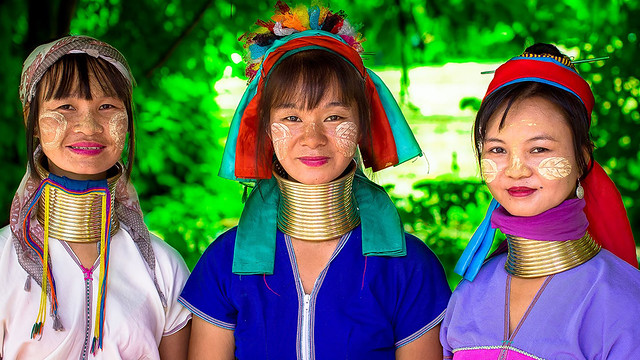
Karen Hill Tribe
The largest hill-tribe group (pop.500,000), the Karen hill tribe began to arrive in the 17th century, though many are recent refugees from Myanmar. Most of them live west of Chiang Mai, stretching all the way down to Kanchanaburi.
Unmarried Karen women wear loose V-necked shift dresses, often decorated with grass seeds at the seams. Married women wear blouses and skirts in bold red or blue.
Perhaps the most famous of all hill-tribe groups are the Padaung, a small subgroup of the Karen. Padaung women wear columns of heavy brass rings around their necks.
2. HMONG
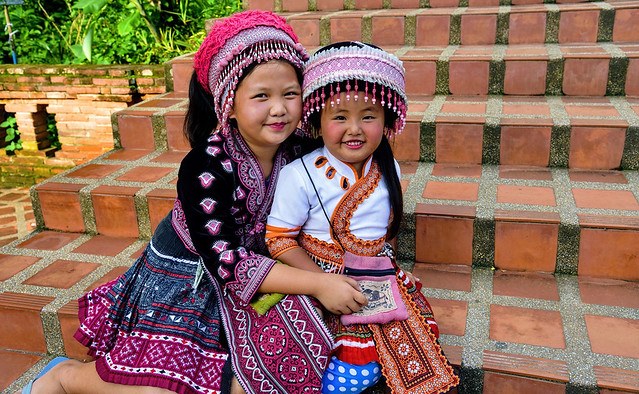
Hmong Hill Tribe
Blue Hmong women wear intricately embroidered pleated skirts decorated with bands of red, pink, blue and white. White Hmong women wear white skirts for special occasions and black baggy trousers for everyday use. All the Hmong are famous for their chunky silver jewellery.
3. LAHU
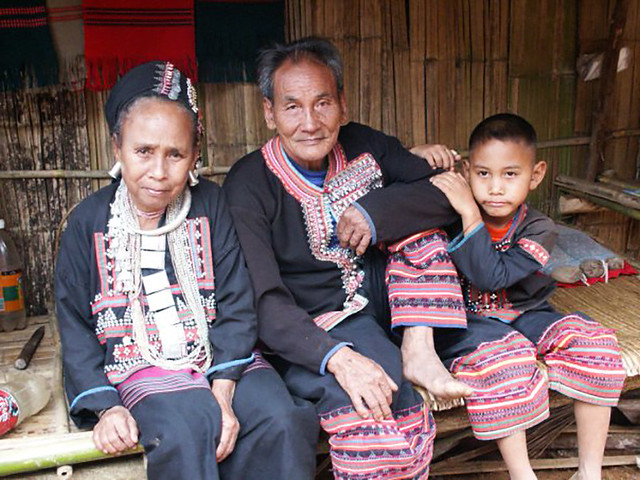
Lahu Hill Tribe
Houses are built on high stilts and thatched with grass. Some Lahu women wear a distinctive black cloak with diagonal white stripes, decorated in bold red and yellow on the sleeve, but many now wear ordinary clothes. The tribe is famous for its richly embroidered shoulder bags.
4. AKHA
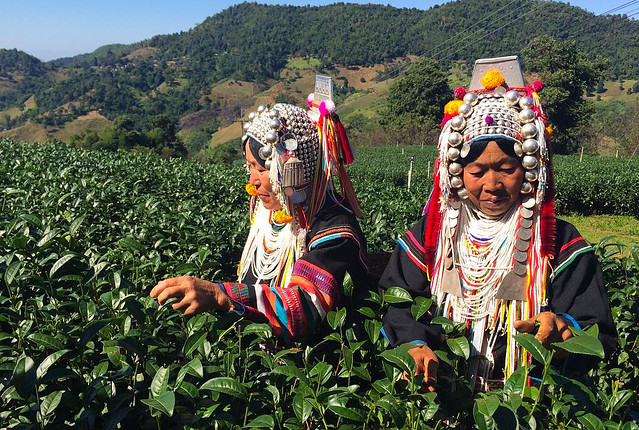
Akha Hill Tribe
Akha houses are recognizable by their low stilts and steeply pitched roofs. Women wear elaborate headgear consisting of a conical wedge of white beads interspersed with silver coins, topped with plumes of red taffeta and framed by dangling silver balls.
5. MIEN
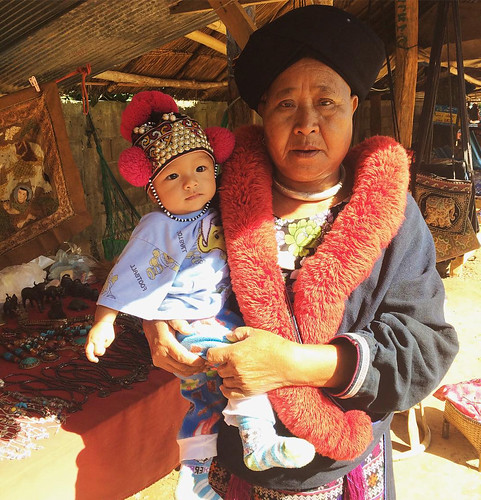
Mien Hill Tribe
Mien women wear long black jackets with bright scarlet lapels, and heavily embroidered, loose trousers and turbans.
6. LISU
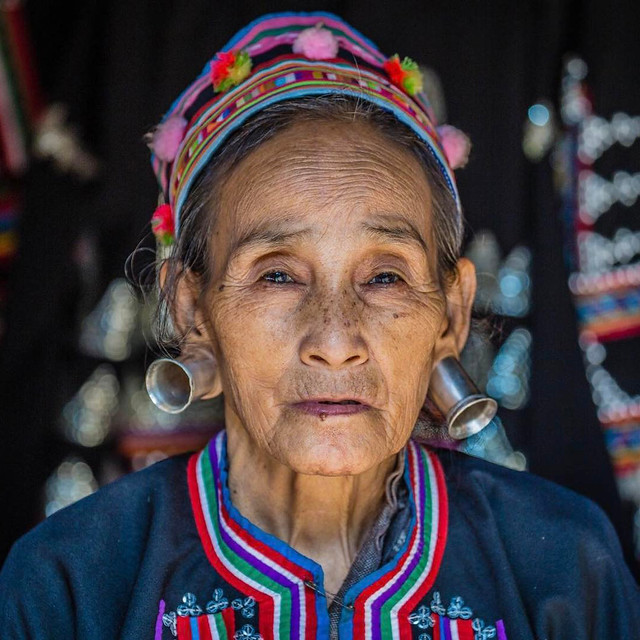
Lisu Hill Tribe
The Lisu live in extended families in bamboo houses. The women wear a blue or green knee-length tunic, with a wide black belt and blue or green trousers. Men wear green, pink or yellow baggy trousers and a blue jacket.
7. LAWA
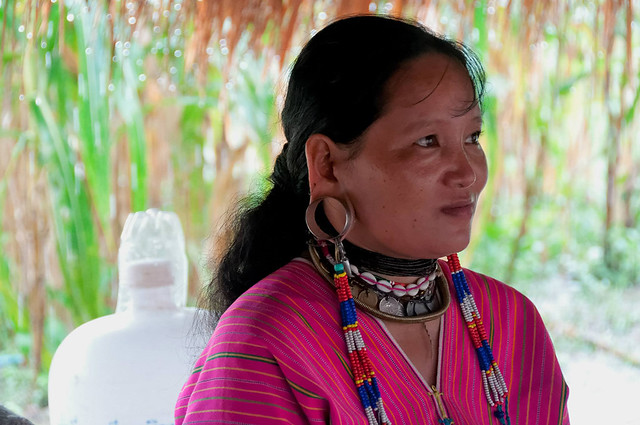
Lawa Hill Tribe












